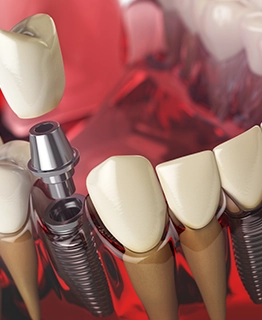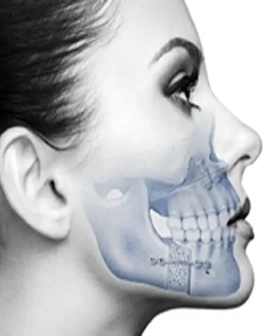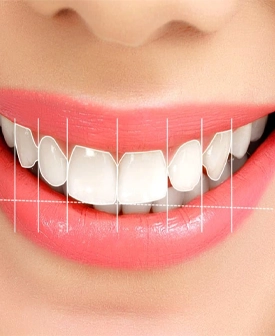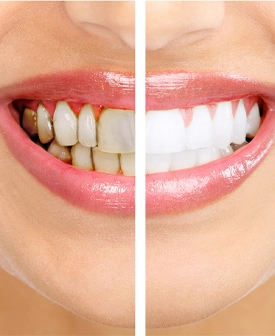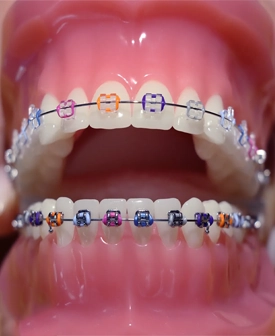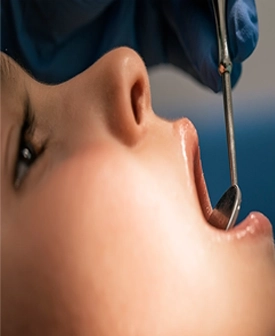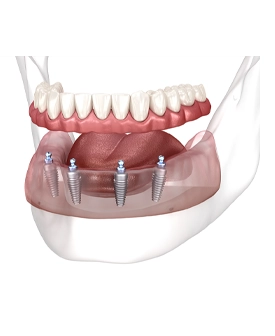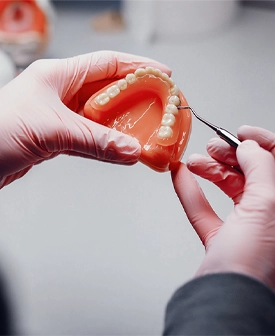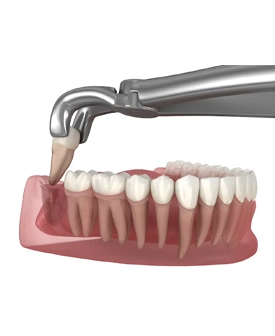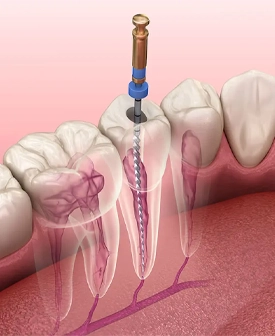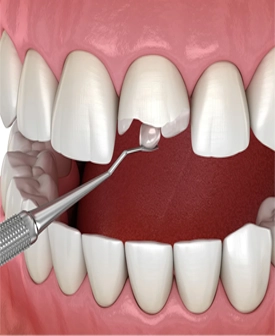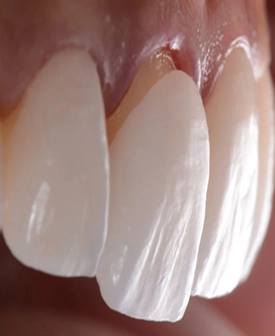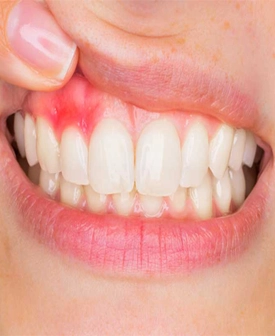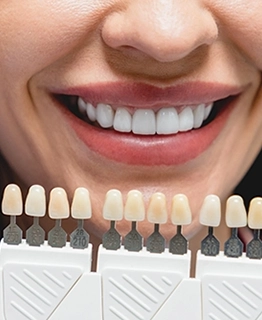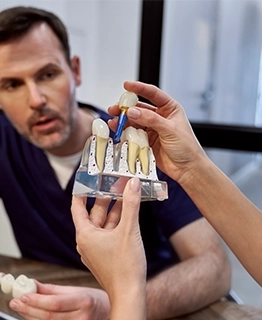Dental Tartar Cleaning
Tartar (calculus) cleaning is an important step in maintaining healthy gums and improving your overall oral health. With professional dental cleaning, we gently remove the plaque and tartar buildup on your teeth, helping to prevent gum inflammation and reduce the risk of cavities. Our expert dentists use state-of-the-art equipment to perform effective cleanings without damaging your teeth. Regular tartar cleaning is a valuable investment in healthier teeth and a brighter smile.
Dental Tartar Cleaning: The First Step to Healthy Teeth
Tartar cleaning is one of the most important steps in protecting your dental health. Over time, plaque and tartar build up on our teeth, which not only affects our aesthetic appearance but can also lead to serious gum diseases and tooth decay. With professional tartar cleaning, these deposits are gently removed from your teeth, gum inflammation is prevented, and your overall oral health is preserved.
What Is Dental Tartar and Why Does It Form?
Plaque:
The food and drink residues we consume mix with the bacteria in the mouth to form a sticky layer called plaque.
Tartar:
If not cleaned regularly, plaque hardens over time and turns into tartar. Tartar adheres firmly to the tooth surface and can only be removed by professional dental care.
Why Is Dental Tartar Cleaning Necessary?
Prevents Gum Diseases:
Tartar buildup can lead to inflammation of the gums and cause gum diseases.
Prevents Tooth Decay:
Tartar creates an ideal environment for bacteria to thrive, which can result in tooth decay.
Eliminates Bad Breath:
Tartar contributes to the accumulation of bacteria that cause bad breath.
Improves Aesthetic Appearance:
Tartar cleaning reveals the natural whiteness of the teeth, providing a healthier and brighter smile.
How Is Dental Tartar Cleaning Performed?
Ultrasonic Cleaning:
Dentists use ultrasonic devices that emit vibrations and water spray to gently remove tartar from the teeth.
Manual Instrument Cleaning:
Tartar below the gum line is carefully cleaned using special hand tools.
Polishing:
After cleaning, the tooth surface is polished with a special paste to make it smooth and shiny.
Post-Cleaning Care Instructions:
Regular Brushing: Brush your teeth at least twice a day, in the morning and at night.
Flossing: Use dental floss to remove plaque and food debris between teeth.
Mouthwash: Support your oral hygiene with an antiseptic mouth rinse.
Routine Dental Visits: Visit your dentist regularly to monitor tartar buildup and maintain oral health.
Symptoms of Tartar Buildup:
Visible Stains: Yellow or brown stains on the tooth surface.
Rough Texture: A rough feeling on the surface of your teeth.
Gum Bleeding: Bleeding gums, especially while brushing.
Redness and Swelling: Red, swollen, or tender gums.
Bad Breath: Persistent unpleasant odor from the mouth.
Tooth Sensitivity: Sensitivity to hot or cold food and drinks.
- Tartar Color:
The color of tartar depends on where it forms and how long it has been present. Above the Gum Line: Typically yellow or bronze.
Below the Gum Line: Can be darker—brown or even black.
Tartar removal should only be performed by professional dentists.
Dentists assess your oral health and provide personalized recommendations.
Regular dental checkups are essential for early diagnosis and treatment.
Why Should You Visit a Dentist for Tartar Cleaning?
Don’t neglect tartar cleaning—healthy teeth are the key to a happy smile!

